
Although May is the best month to launch your mental health ad campaign since it’s mental health month, you can still advocate your case all-year round. But how do you promote mental health ads? Here are seven brands or organizations advocating for mental health through their campaigns.
How do you advertise mental health awareness?
Mental health isn’t a trendy buzzword. It’s a movement to destigmatize the old notions about it. But when starting a mental health campaign, you must treat it with the utmost sensitivity. You don’t want to offend anyone or create negative connotations about mental health behaviors or conditions.
Advertising starts by learning about mental health first. By identifying the cause you want to tackle, you can begin a campaign about that advocacy. From there, you spark conversations. For example, start with your employees or co-workers first. Although they are not obliged to disclose any mental health disorder, you can get insights from them. Plus, you can test your campaign with them first before going public.
It’s recommended to reach out to mental health professionals to get more insight into behaviors and conditions you want to discuss in your campaign. Additionally, you can download resources from mental health websites. They will give you more context and info about your chosen cause.
Once you determine how to move forward with your mental health campaign, the next step is ideation and creation. You can consider a video or static ad to demonstrate your support or advocacy. Video is an engaging way to promote mental health. But images like posters or website copies can also create an impact. Here’s how seven brands made a difference with their mental health campaigns.
7 Examples of Mental Health Ads
1. CAMH – I Can’t Breathe
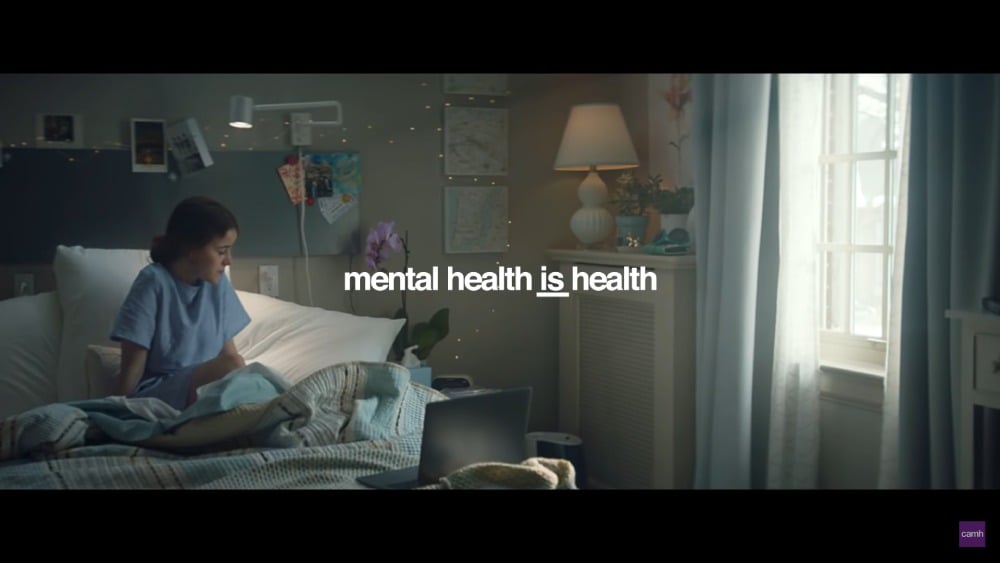
The teaching hospital, Centre for Addiction and Mental Health, reminds people that mental health conditions are invisible. But it manifests in various symptoms, depending on the person’s condition. Their “I Can’t Breathe” ad for the “Mental Health is Health” campaign shows how anxiety works for one patient. And they emphasize that anxiety and other mental health disorders should be treated like any other illness.
2. Jansport – Lighten the Load
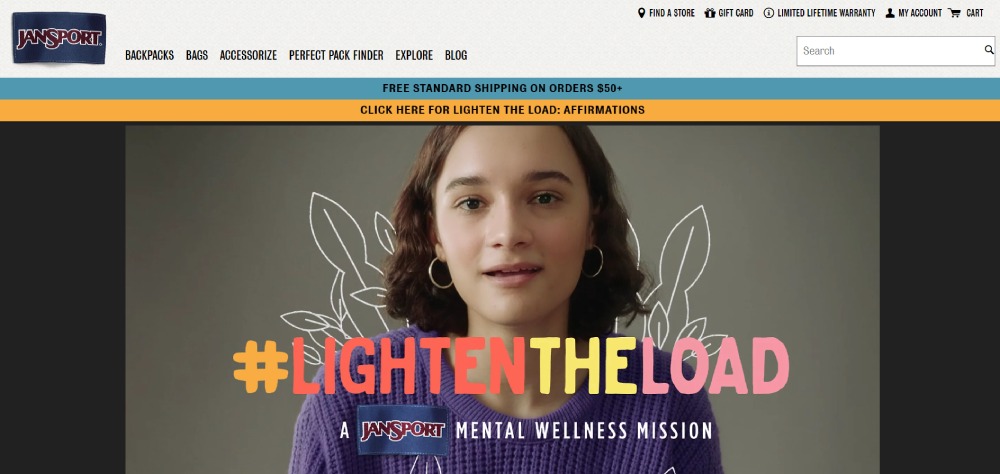
Here’s one of the most popular mental health ads of all time.
Jansport launched a memorable mental health campaign featuring teens and young adults. After all, the backpack company caters to that demographic. Teens spoke out about the struggles that their fellow cohorts experienced. In fact, the World Health Organization points out that 13% of the 10 to 19 age group has a mental health disorder. Their campaign will be helpful to teens, and those teenagers won’t feel alone in their challenges.
Like Jansport, make sure that you provide resources for your visitors. This way, they can read them or contact professionals to get the help they need.
3. Oklahoma’s Mental Health Lifeline – Get the Burden off Your Back
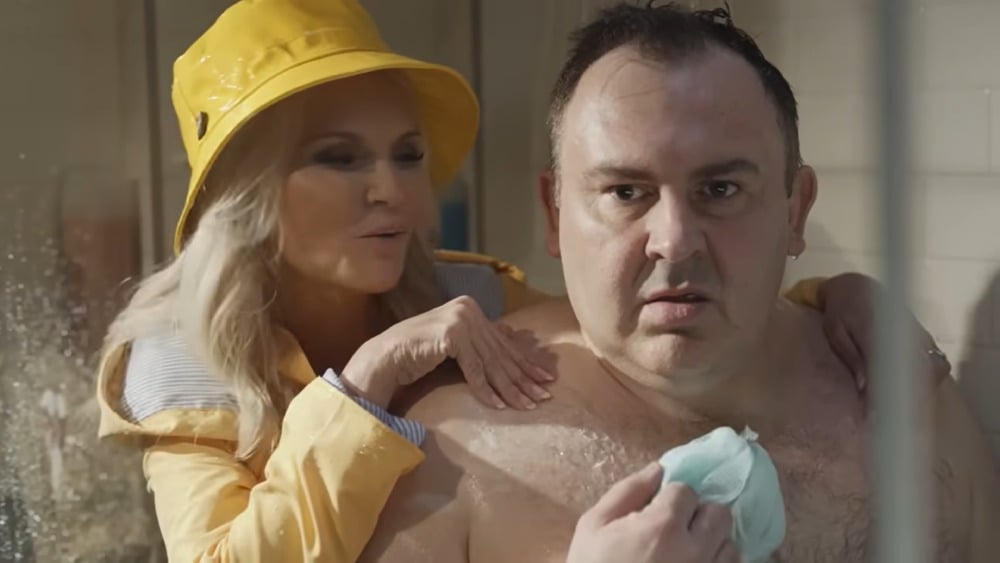
Even though discussions about mental health are serious, your ad campaign can be lighthearted. It won’t reduce the impact but you should also get your point across: your mental health cause. Here’s the mental health ad for “Get the Burden Off Your Back” from 988 Oklahoma’s Mental Health Lifeline.
It features actor Kristin Chenoweth clinging to a man, and she is the representation of the man’s thoughts. What the organization reminds us is we all have burdens or inner challenges. You can let it all out by calling the hotline to make you feel lighter.
4. Dove – Reverse Selfie
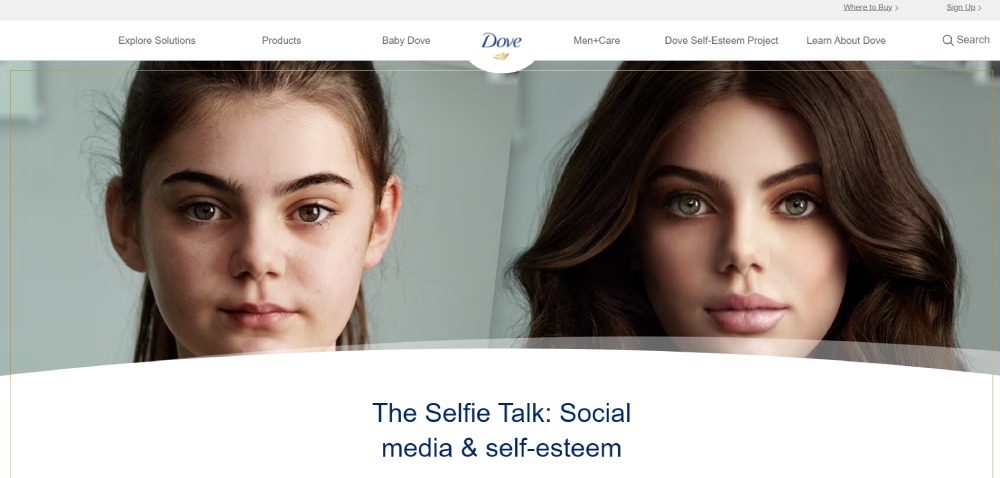
Dove has been on bad ad lists because of its racial tone. However, Dove delivered a meaningful mental health campaign titled Reverse Selfie. Usually, when we take selfies, we add filters to enhance our faces. However, Dove posted a reverse video of a woman preparing to take a selfie and adding filters to her face. At the end of the video, Dove encourages parents to have the “selfie talk” with their teenage children since many are affected by self-esteem issues thanks to social media and the pandemic.
5. Ad Council – Seize the Awkward
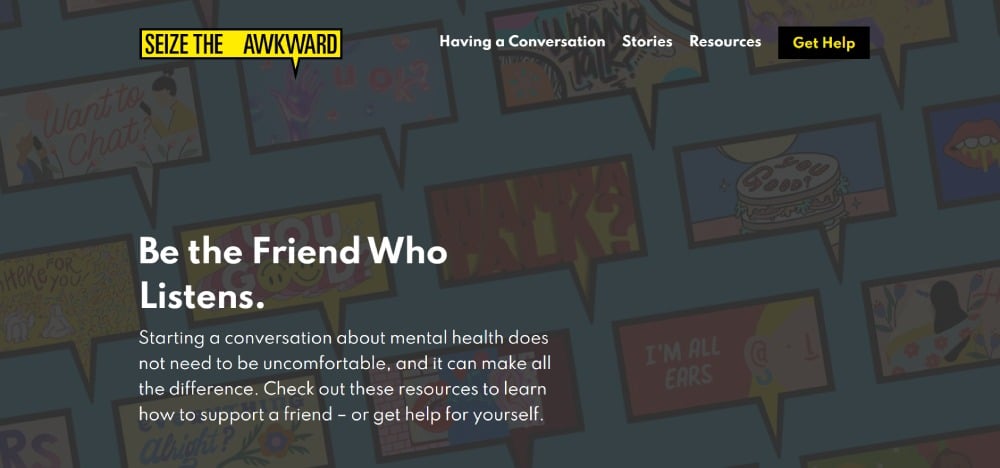
The Ad Council has launched many mental health initiatives over the years. But one of its most popular mental health ads is “Seize the Awkward.” Mental health concerns aren’t easy to discuss with anyone, especially if the people around you aren’t understanding. But the Ad Council partnered with two mental health foundations to launch a campaign encouraging teens and young adults to speak up about their problems to their friends. It’s a great initiative to start conversations and not feel awkward discussing mental health issues.
6. Bournvita – The Boy Who Failed

Here’s another mental health ad directed toward children. Cadbury Bournvita’s The Boy Who Failed is a mental health campaign centered on kids and competitions. The subject, a boy who lost a tennis game felt down over his loss and discouraged to continue. Bournvita reminds everyone that even though people fail, they aren’t a failure. It’s a good message to show children that they are still worthy even if they lose and are brave if they continue on their path.
7. Mind – Spoken Word Poetry
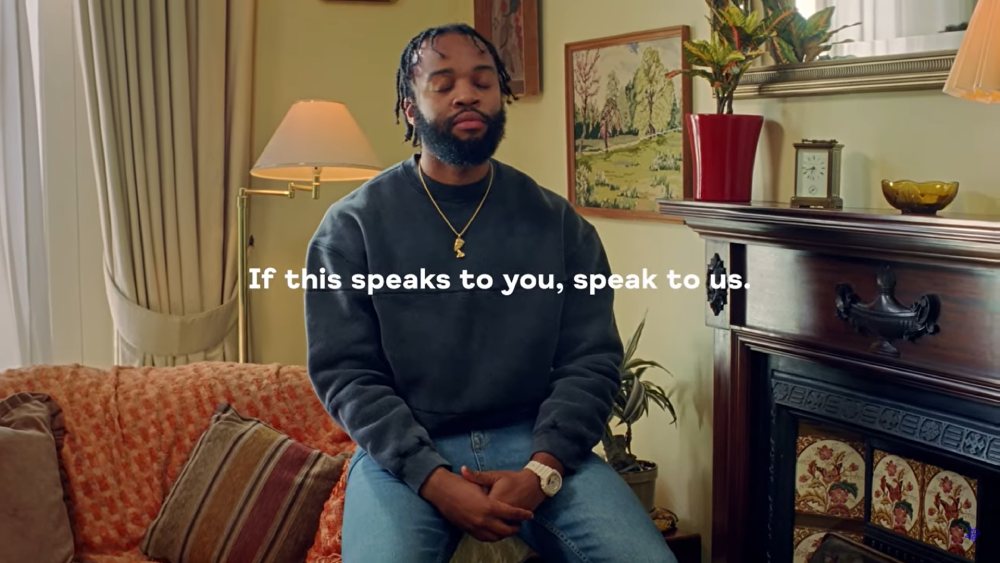
Our last mental health campaign comes from Mind. They aimed to normalize conversations about mental health, so their approach was through spoken word poetry. Individuals recite spoken word poetry written by those with mental health conditions.
It’s a unique approach to promoting mental health awareness since most campaigns would have dramatizations. And as the ad ends, they include a tagline that says that if they relate to the poetry, individuals can talk to them anytime. It’s an excellent way to connect with individuals to motivate them to seek help.
Final Thoughts
Your mental health campaign should be well-thought-out and planned carefully. It’s good to focus on one initiative first before introducing or promoting another one. That’s the strategy for many organizations. Aside from that, it’s a bonus to provide mental health resources by creating a separate landing page or website to promote your advocacy.
However, you can go a different path, such as posting on social media or publishing ads. Regardless of what tactic you want to implement for your long-term mental health campaign, ensure that you have a respectful and compassionate message that validates people’s experiences.
About the author

Katrina Pascual
Katrina is a content writer specializing in graphic design, marketing, social media, and technology. In her spare time, she writes monthly personal blogs to practice her craft.
Table of Contents
- How do you advertise mental health awareness?
- 7 Examples of Mental Health Ads
- 1. CAMH – I Can’t Breathe
- 2. Jansport – Lighten the Load
- 3. Oklahoma’s Mental Health Lifeline – Get the Burden off Your Back
- 4. Dove – Reverse Selfie
- 5. Ad Council – Seize the Awkward
- 6. Bournvita – The Boy Who Failed
- 7. Mind – Spoken Word Poetry
- Final Thoughts










